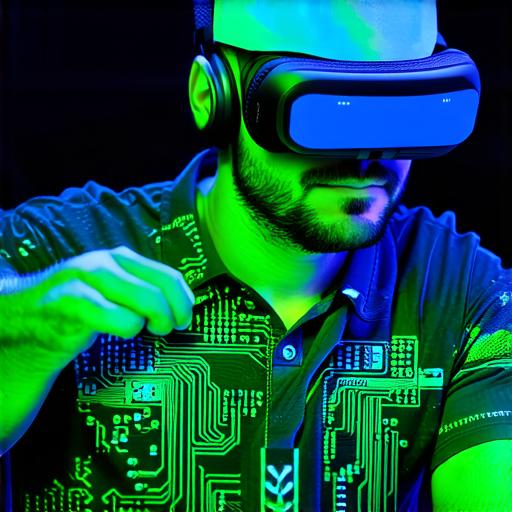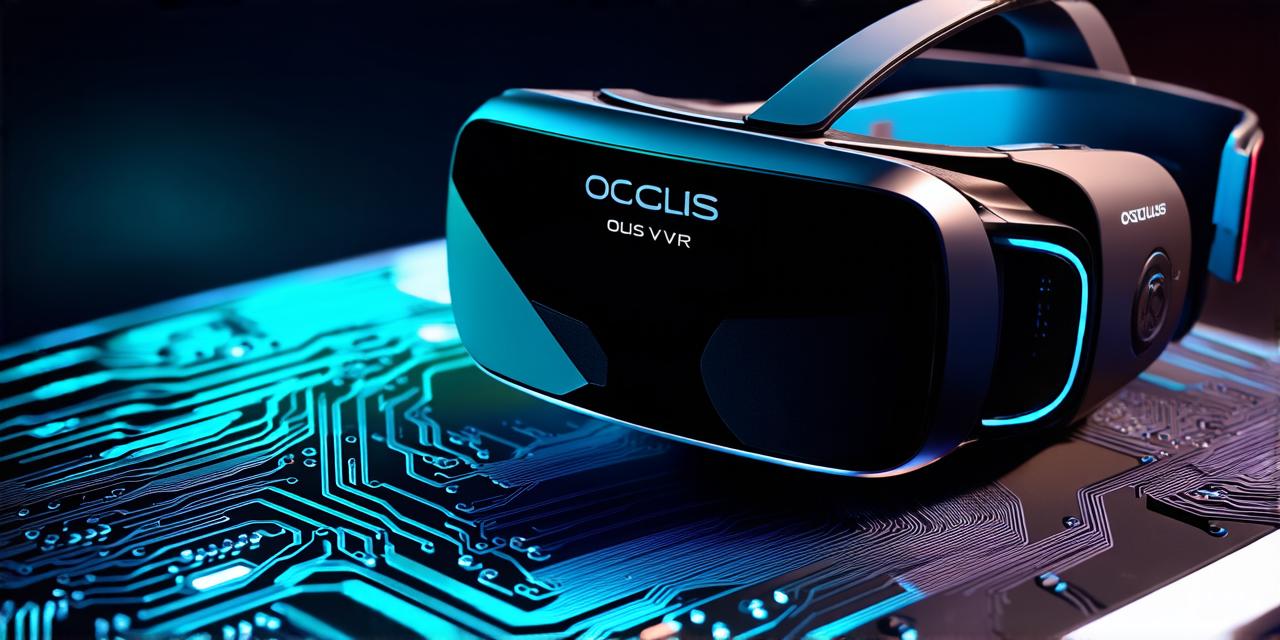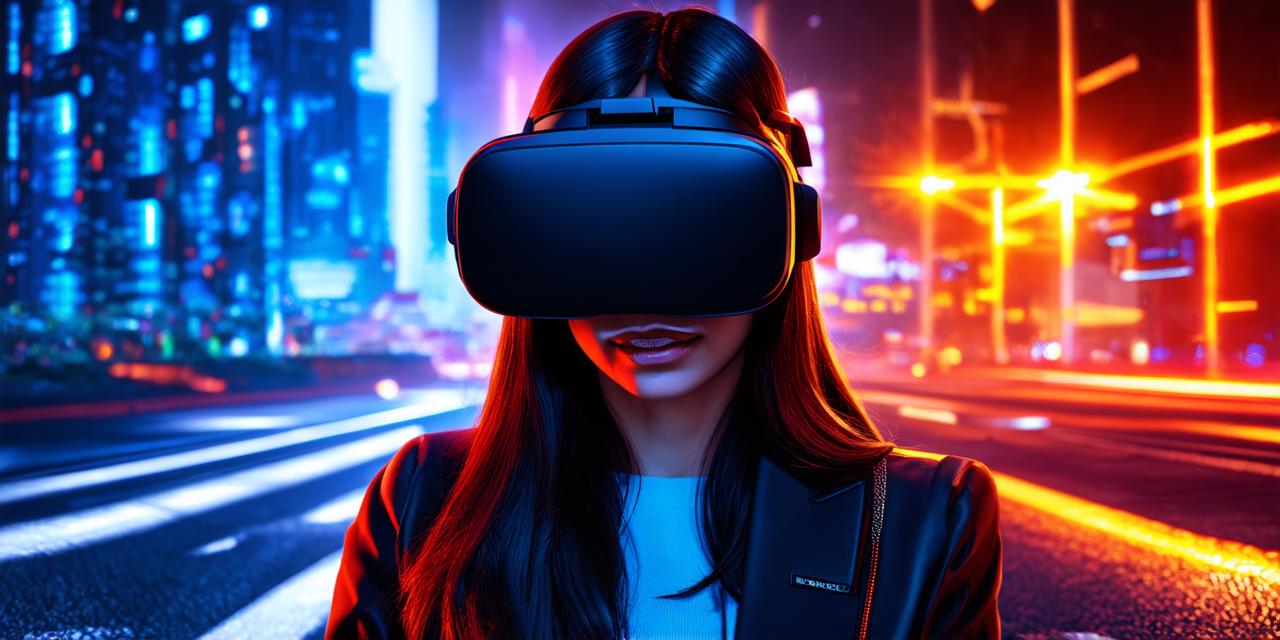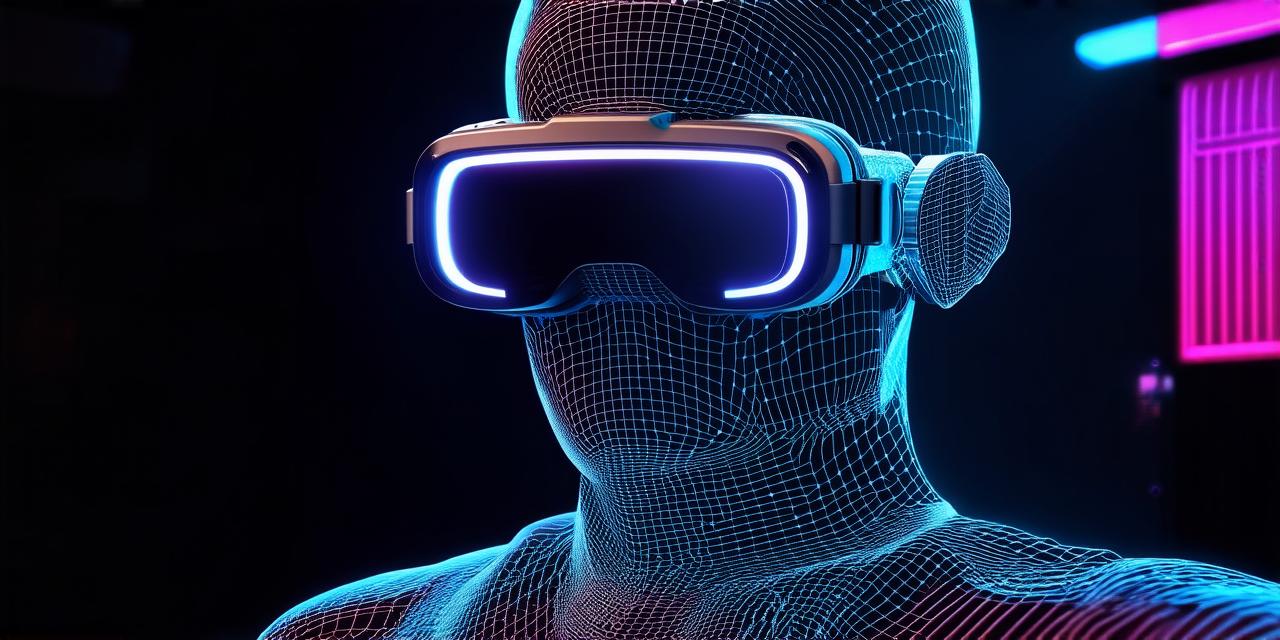Oculus VR technology is a revolutionary way to experience virtual reality (VR) environments that simulate real-life situations or create entirely new worlds. This technology has been rapidly advancing over the years and has become increasingly popular for gaming, education, and training purposes.
The first step in creating a VR experience is to design the environment. Developers use specialized software tools to create 3D models of objects and environments that will be visible to the user. These models are then imported into a game engine, which allows developers to add interactive elements such as lighting, sound, and physics.
Once the environment is designed, the next step is to create the headset. The Oculus Rift headset consists of two displays that are mounted on a frame. Each display projects a slightly different image, creating an illusion of depth and perspective that allows the user to perceive a 3D world. The headset also includes sensors such as accelerometers, gyroscopes, and magnetometers that track the user’s movements in real-time.
When the user puts on the headset, they see two screens that are slightly different from each other. This creates an illusion of depth and perspective that allows the user to perceive a 3D world. The sensors in the headset track the user’s movements and adjust the image, creating a seamless and immersive experience.

One of the key features of Oculus VR technology is its ability to create a realistic environment by tracking the user’s movements. As the user moves their head, the sensors in the headset adjust the image, creating a sense of motion that enhances the overall experience. This technology also allows for more precise control over the user’s movements, enabling them to interact with objects in a way that is not possible in traditional gaming or educational settings.
Another important aspect of Oculus VR technology is its ability to simulate real-world environments. For example, pilots can use VR to practice flying in a virtual cockpit, while doctors can use it to perform surgeries on virtual patients. This technology has also been used in training scenarios, allowing soldiers to simulate combat situations and emergency responders to practice their skills in a safe environment.
In conclusion, Oculus VR technology is a powerful tool for creating immersive and realistic experiences that can be used for gaming, education, and training purposes. By using specialized software tools to design environments, high-quality displays, and sensors to track movements, Oculus VR technology provides users with an unparalleled level of immersion that can enhance their overall experience. As this technology continues to evolve, we can expect to see even more exciting and innovative applications in the future.



